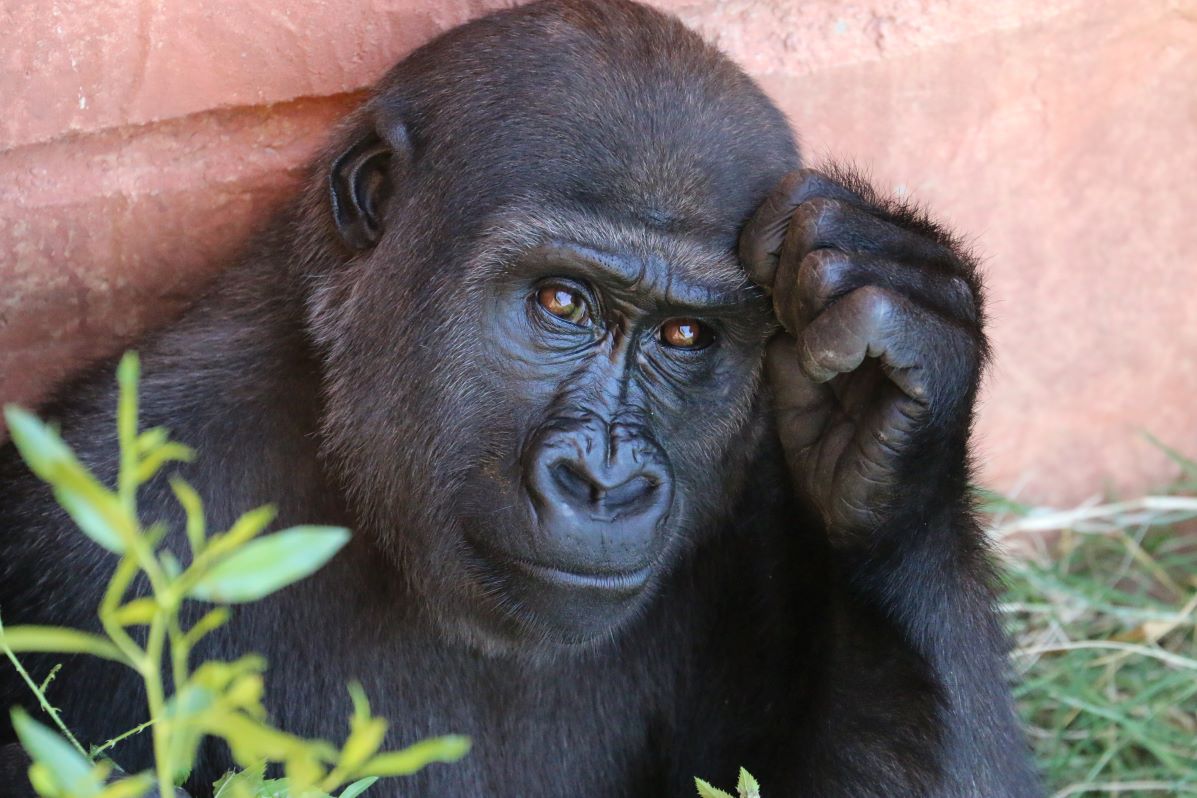
06 Apr How do I stop touching my face?
I still can’t stop touching my face.
Neither, I bet, can you. And we can’t escape our video lives that show us exactly how much we’re doing this thing we’re not supposed to do.
I’ll illustrate with my own family, who became easy targets during a virtual birthday party. This is a group of thoughtful, social distancing people. But from a Zoom meeting room, I watched in horror as twelve family members traded stories for almost an hour, all the while touching our faces.
A brow wipe here. I hair swipe there. Yet another thoughtful head-scratch.
And I watched my hand move to my face many times, dismayed that I had so little conscious control over my own hand.
Conscious control?
There it is.
How many times a day do I unconsciously touch my face? A hundred? A thousand? Sure, let’s go with a thousand. I have no problem believing I touch my face a thousand times a day.
So how exactly do I stop doing this thing I do a thousand times a day?
That’s the question in front of us.
How do we unlearn, relearn and rethink…everything? And how do we do that consciously given that most of our actions are shaped by well-worn mental grooves and old beliefs. By old, I mean the beliefs we had eight weeks ago.
I’ve been thinking about this for a while, albeit on a very different scale. The work I do often feels weird, counter-intuitive – and sometimes supremely uncomfortable. More than once, it’s pissed people off.
But really, it’s just thinking.
Nevertheless, I don’t love making people mad. So over lunch a lifetime ago, I asked my friend Matt for his thoughts. Matt has experienced this discomfort with me first-hand. And I hoped for some wisdom how I could make the process of thinking, if not comfortable, then less uncomfortable.
His smart reply did not let me off the hook, “I think you just tell people that if it’s not hard, then it’s probably not working.”
If it’s not hard, then it’s probably not working.
Oh, right.
Don’t touch your face. That’s freaking hard. Stay at home for weeks? Don’t panic? This is not advice that’s at all comforting or overtly helpful.
It’s annoying and scary. And it requires a lot from us. A lot of thinking.
However, while clear thinking is literally vital, it’s not innate. Our lizard-brains know next to nothing about strategic or existential threats. Threats we’ve never seen before. Yet this brain informs most of our actions. To be fair, that’s not bad. In fact, it’s often very efficient.
It’s also often wrong, which is ok when the stakes are low. Well, ok-ish.
A safer assumption is this: What we know is not a lot.
Better said, it’s not enough. And much of the time, our first impulses are going to be wrong. That’s always true, by the way.
It’s truer now.
So we have to think about things we’ve never had to think about. We have to relearn what we once trusted as sacrosanct. And just to make things more uncomfortable, we must somehow unlearn what we’ve been doing since before we were born. These are the very postures that symbolize thinking.
So how the heck do stop touching my face? I don’t know. What I do know is I now have to think about it. And if it’s hard, then it’s probably working.
carolyn solares
I help people re-wire and re-think to do hard new things.
(My brother calls me a workshrink.)
Work with me at murphymerton.
Teams and Groups | One on One
Connect with me on
LinkedIn
